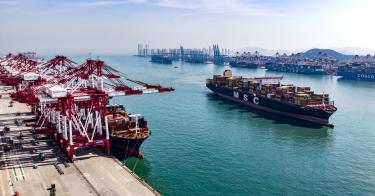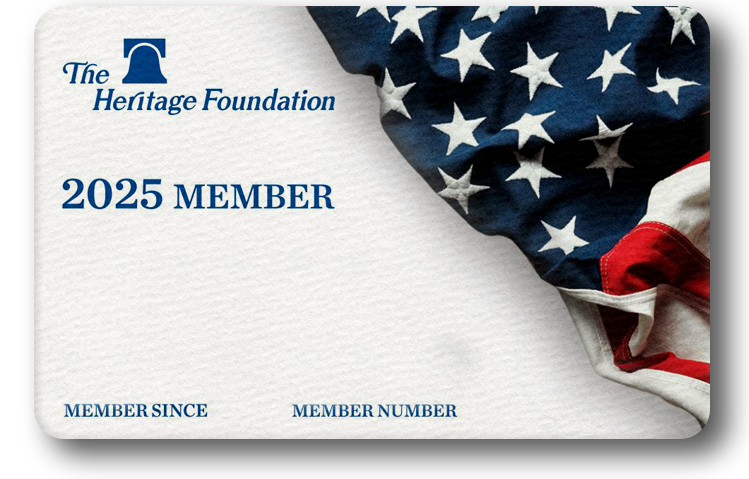Good news for America’s national security: a much-needed comeback of our maritime industry is underway. But like a hidden undertow, trouble lurks below the surface.
A remarkable amount of effort has been expended so far. It started with the executive order aimed at restoring America’s maritime dominance that President Trump signed in April. Next, Congress introduced the SHIPS for America Act. Then there was the billions of dollars in investments that the South Korean shipbuilding company Hanwha earmarked for Philadelphia’s naval yard—with indications of more coming from other allies.
Investors need to see sustained support and a favorable business environment for this national maritime revival to progress. Like the recent announcement by CMA-CGM to reflag and maintain a portion of its fleet in America (a process that began in July)—though there are also cautionary tales like South Korea, after a positive August summit meeting with the U.S., seemingly cooling on a $150 billion investment plan in American shipbuilding.
>>> Nine for the Navy: Proposals to Accelerate a Delayed Naval Buildup
Yet the fundamentals of expanding shipbuilding capacity are sound. Global demand for new commercial ships will grow and likely exceed current build capacity. This is an opportunity for allied shipbuilders in Japan and South Korea to grow market share, and it’s a chance for America to revive this strategically important industry.
Still, all is not shipshape. It’s been almost a year since the last national elections, and yet key leaders necessary to lead and deliver on the President’s maritime revival mandate are still not in place: the Navy’s shipbuilding head, the Assistant Secretary of the Navy for Research, Development and Acquisition (RDA), and the Maritime Administrator who is key in managing funds to American shippers, shipyards, and ports. They will be critical in the next phase of this revival—the needed action to follow the plans and the investment.
So far, there are several promising developments to consider—ones we need to ensure don’t evaporate.
For one, Greek shippers are big players in the global liquified natural gas (LNG) shipping trade and can get huge amounts of American energy to Europe and Asia. Should Greek shippers follow suit with CMA-CGM, a deal could further attract investment in port and ship repair capacities to sustain much expanded trade in American energy. This will be critical in getting allies off of Russian petroleum, as well as secure access to energy for our key allies in Asia.
>>> Reestablish First Fleet and Advance AUKUS to Close Critical Gaps in America’s Pacific Defense
But time waits for no one, and the danger of a war this decade with China over the fate of Taiwan shows no signs of abating. As such, ensuring the nation and our allies have adequate access to resources means having the ships to move cargo that serves our collective sovereign markets. The scale of the need is massive, with over 1,000 ships of various class required to mitigate the danger of Chinese economic blackmail of America.
The solution to this immediate threat is working in league with our robust network of allies. One way to do this is to use a proven approach: form a Maritime Group like the G7 focused on securing our shared maritime interests.
Top of the agenda would be entering into agreements among the group to assure access to needed shipping and ports in crisis and conflict. Such as opening ports like Elefsina for expanded energy trade and warship repairs in Greece to mitigate potential interference by Chinese entities at their nearby port at Piraeus.
Fortunately, we have a ready ally in Greece as well as others to actualize America’s maritime revival. But non-action is not an option, America’s maritime vulnerabilities are a danger which likewise imperils our allies and like-minded free-market nations. It’s high time to right the ship.
This piece originally appeared in RealClear Defense




